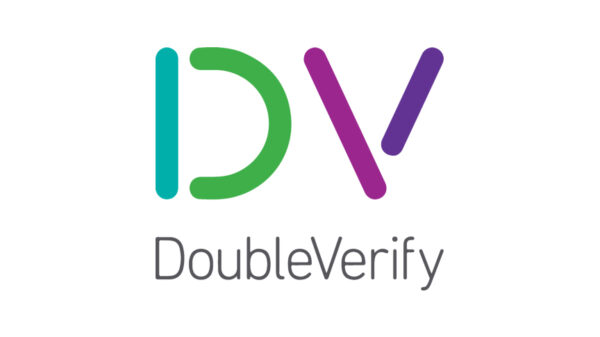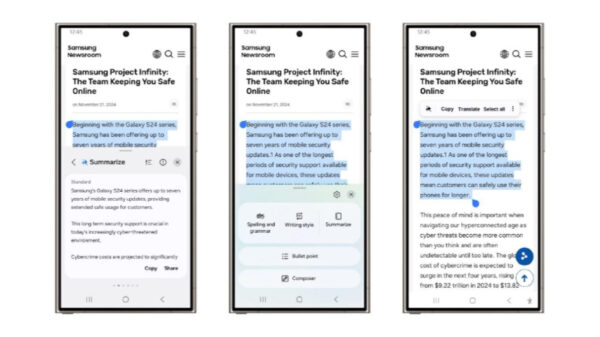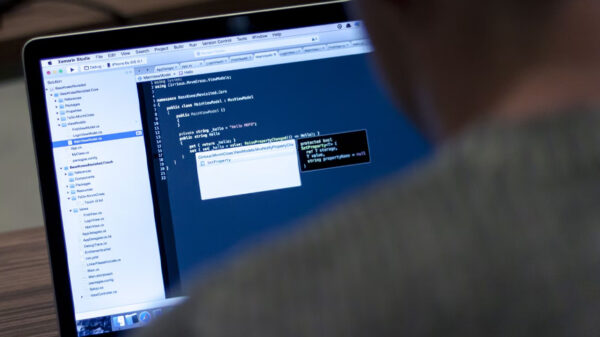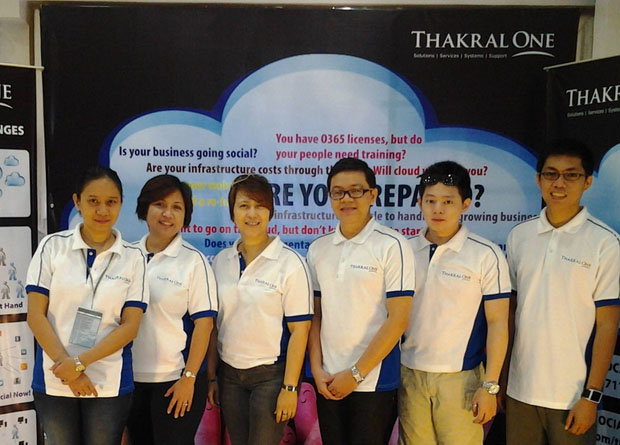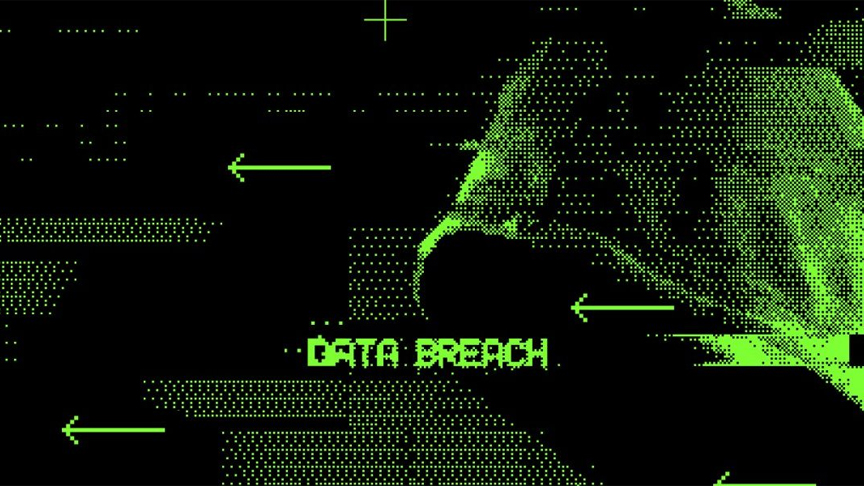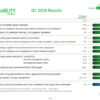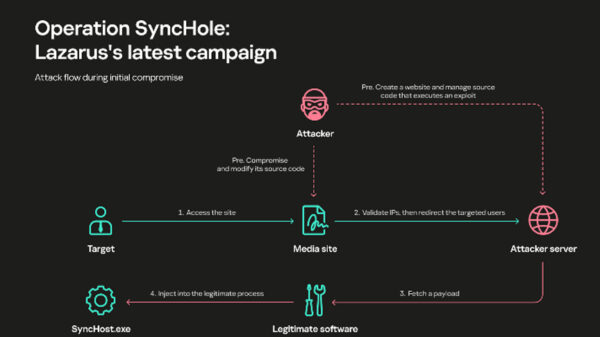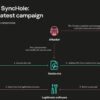Ivanti, provider of the Ivanti Neurons automation platform that discovers, manages, secures and services IT assets from cloud to edge, today announced the results of its State of Security Preparedness 2023 study. Ivanti worked with cybersecurity experts and surveyed 6,500 executive leaders, cybersecurity professionals and office workers to understand the perception of today’s cybersecurity threats and to find out how companies are preparing for yet-unknown future threats.
The report revealed that despite a stunning 97% of leaders and security professionals reporting their organization is as prepared or more prepared to defend against cybersecurity attacks than they were a year ago, one in five would not bet a chocolate bar they could prevent a damaging breach.
In fact, the study finds that organizations are racing to fortify against cyber-attacks, but the industry still struggles with a reactive, checklist mentality. This is most pronounced in how security teams are prioritizing patches. While 92 per cent of security professionals reported they have a method to prioritize patches, they also indicated that all types of patches rank high – meaning none do.
“Patching is not nearly as simple as it sounds,” said Dr. Srinivas Mukkamala, Chief Product Officer at Ivanti. “Even well-staffed, well-funded IT and security teams experience prioritization challenges amidst other pressing demands. To reduce risk without increasing workload, organizations must implement a risk-based patch management solution and leverage automation to identify, prioritize and even address vulnerabilities without excess manual intervention.”
Cybersecurity insiders view phishing, ransomware and software vulnerabilities as top industry-level threats for 2023. Approximately half of respondents indicated they are “very prepared” to meet the growing threat landscape including ransomware, poor encryption and malicious employees, but expected safeguards such as deprovisioning credentials is ignored a third of a time and nearly half of those surveyed say they suspect a former employee or contractor still has active access to company systems and files.
The report also revealed that leaders engage in more dangerous behavior and are four times more likely to be victims of phishing compared to office workers. Additionally:
- More than 1 in 3 leaders have clicked on a phishing link
- Nearly 1 in 4 use easy-to-remember birthdays as part of their password
- They are much more likely to hang on to passwords for years
- And they are 5 times more likely to share their password with people outside the company
One survey taker shared, “We’ve experienced a few advanced phishing attempts and the employees were totally unaware they were being targeted. These types of attacks have become so much more sophisticated over the last two years – even our most experienced staff are falling prey to it.”
To cope with a rapidly expanding threat landscape, organizations must move beyond a reactive, rules-based approach. To learn more about Ivanti’s State of Security Preparedness report, visit here.


